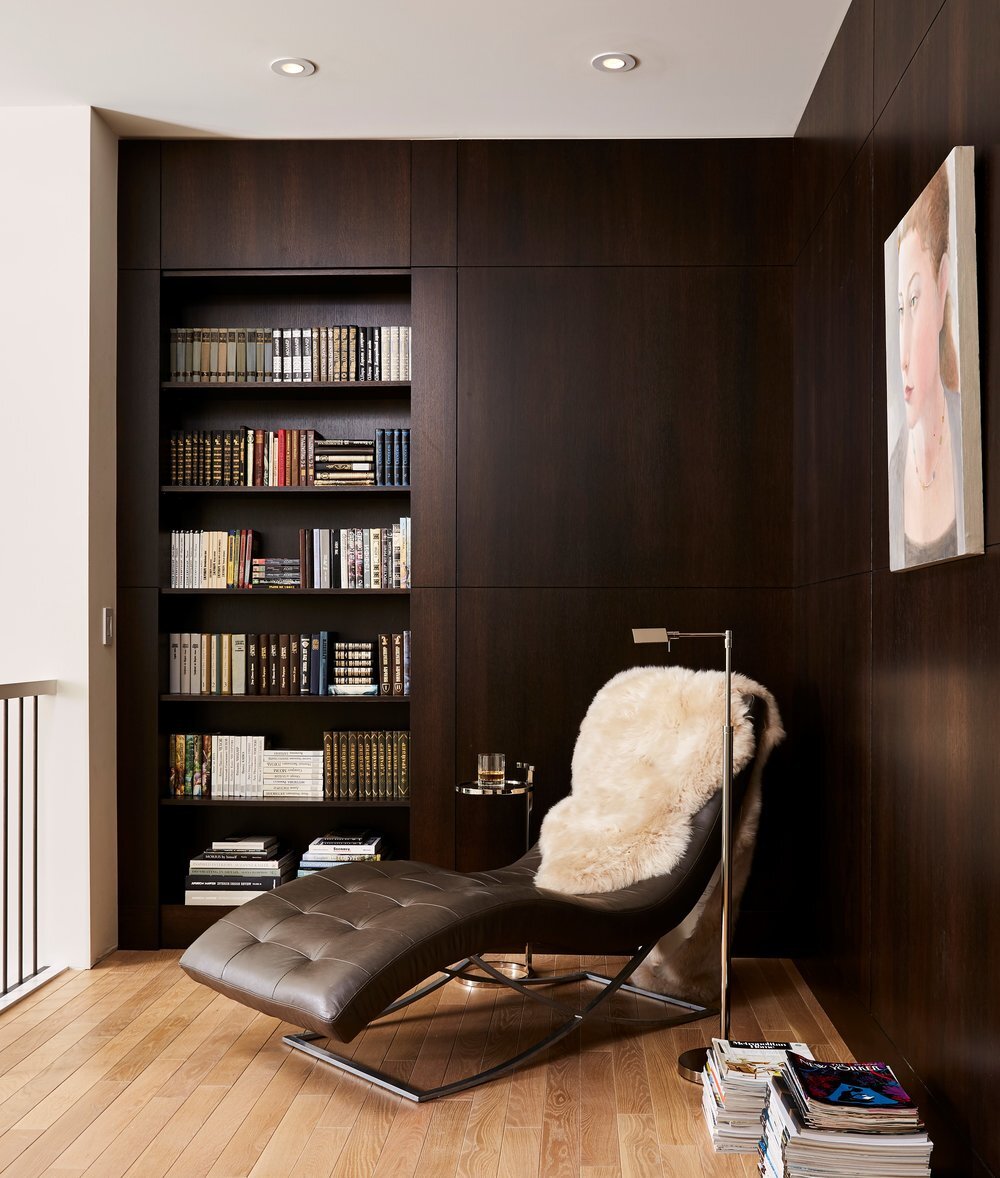What does it mean to live a life of minimalism? In practice it certainly looks different for everyone. Some use it primarily as an aesthetic choice. Others embrace minimalism by paring down their belongings to only the essentials that bring joy and contentment (think lifestyle trends like hygge and the KonMari method). But regardless of how and where you apply this principle, its roots in early philosophy and religion around the world transform this design trend into an everlasting way of life. The core focus of minimalism remains consistent: it encourages us to create a life filled with intention and to pursue enlightenment in all that we do.
In the design world, how we respond to and interact with a minimalist space affects the choices we make on a daily basis. What we buy, how we decorate, and how much we consume are all considerations to ponder. And it’s exactly because of this life-altering potential that we love to use it in our designs.
Today’s blog is a celebration of minimalism in its many forms. Because whether you are a firm believer in the power of simple, yet impactful architecture, or you prefer smaller influences of minimalist design peppered into your decor, our homes are about more than just day-to-day activity. They’re spaces to set our intentions and find peace and rest, no matter what is happening in the world around us.
Minimalism in Architecture
There’s no doubt minimalist architecture is stunning. It’s simple, yet extremely powerful. It requires a careful consideration of design principles such as balance, proportion, contrast, and its interaction with the surroundings. It also requires a certain level of craftsmanship to achieve perfection in all of the construction details. Minimalist design doesn’t leave any room for error or even a slight flaw. Built with purpose and intention, a modern structure exposes its essence without ornamentation or decoration. When executed well, it is exquisite and lays the groundwork for a tranquil and settled environment.
Design by INVIEW Interior Design
Design by INVIEW Interior Design
Design by INVIEW Interior Design
Minimalism in Interiors
For interior styles, minimalism typically requires a focus on clean lines, streamlined furniture silhouettes, and calming color palettes. This is the quintessential “modern” design many consider part and parcel of minimalism in a home. The intention behind these choices isn’t to create a visual starkness, though. Rather, it is to pare everything down to the essentials in a home so that clutter doesn’t obstruct the beauty of a space’s visual splendor. Warmth and comfort are still very much at the center of minimalist design; it is just achieved in a more subtle way. The combination of texture, strategic color infusions, and seamless transitions to the outdoors can bring life to an otherwise bare minimalistic space, and the overall effect is a calming environment fit for relaxation.
Design by INVIEW Interior Design
Design by INVIEW Interior Design
Design by INVIEW Interior Design
Minimalism in Objects
Do you ever find yourself staring at an overly styled shelf wondering how to achieve calm when nothing but endless layers of tchotchkes and stuff is staring back at you? What if you could create a sense of calm merely by choosing objects that feel purposeful in their simplicity? If you could keep your environment straightforward and without fuss, would you feel a weight lift off of your shoulders? That’s the beauty behind objects of minimalism. Their unadorned elements - like neutral color palettes, streamlined shapes and silhouettes, and high functionality - make them feel intentional at their core, and yet, they provide a visual intrigue at the same time. Vases, candlesticks, a garment rack to display your wardrobe capsule - they all manage to bring about tranquility while simultaneously eliminating the need to over-decorate. When it comes to objects of minimalism, simplicity reigns supreme.
Design by INVIEW Interior Design
BANDURA set of vases via Yakusha
Minimalism and Function
Of course, we cannot overstate the importance of the function inherent to a minimalist lifestyle. Within this way of life, everything has a purpose. Drawers are strategically arranged, home layouts are created for ease and natural flow, and every single item has its designated place. A minimalist home maintains an ongoing sense of balance, allowing its occupants to truly live life to its fullest without allowing disorganization and distraction to get in the way.
Design by INVIEW Interior Design
Design by INVIEW Interior Design
Design by INVIEW Interior Design
Minimalism is more than design; it is a way of life. But often, the way we live our lives starts in the home. It’s the space where we find comfort, happiness and escape from our every-day chaos and uncertainties. And whether or not you are drawn to sleek minimalist architecture, modern furniture styles, or joy-fueled decor decisions (or a mix of them all), minimalism is most certainly attainable for us all. Who knows? Even a slight shift in the way we view our homes and lives through the filter of minimalism could be more transformative than we could ever imagine - for ourselves and the world at large.
By Megan Johansson, Contributor to INVIEW Interior Design













